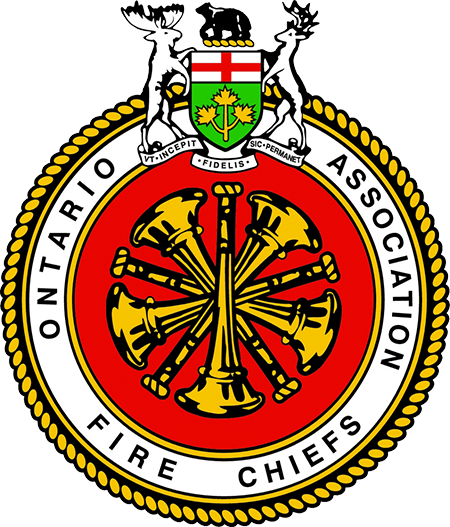The OPP says two Trent Lakes residents and their pets died of suspected carbon monoxide (CO) poisoning during the recent ice storm that rolled through Kawartha Lakes and Peterborough.
Carbon monoxide is an odorless, colorless, and tasteless gas produced by the incomplete burning of fuels like gasoline, natural gas, oil, and wood. It’s called a “silent killer” because exposure to carbon monoxide is dangerous to your health and can cause carbon monoxide poisoning, and even death. Breathing carbon monoxide reduces your body’s ability to carry oxygen in your blood and can affect you before you notice its presence.
Statistics Canada says that from 2000 to 2013, 1,125 people who accidentally died from carbon monoxide poisoning in the country.
Between March 19 and the 31st, 2025, the City of Kawartha Lakes Fire and Rescue had 23 calls where CO was present. Trent Lakes had 5 CO alarm calls.
Kawartha Lakes Fire Rescue Service says it continues to get calls about Carbon Monoxide (CO) from generators. As the weather improves and folks with generators are opening their windows, CO fumes are getting into houses and setting off CO alarms.
Chief Terry Jones says residents should take care when operating a generator and offered the following tips.
1. Never run a generator indoors – This includes garages, basements, and enclosed areas. Generators produce CO, which can build up to fatal levels in minutes.
2. Place generators outdoors – Keep them at least 6 meters (20 feet) away from windows, doors, vents, and air intakes to prevent CO from entering your home.
3. Store fuel safely – Use approved containers and keep fuel away from heat sources. Never refuel a generator while it is running or still hot.
4. Use proper connections – Never plug a generator directly into your home’s wiring. Use a transfer switch installed by a qualified electrician to prevent backfeeding, which can be deadly for utility workers.
5. Maintain your generator – Follow the manufacturer’s instructions for maintenance and check for exhaust leaks, which can increase CO risks.
Carbon Monoxide & Smoke Alarm Safety: – Install carbon monoxide alarms on every level of your home, especially near sleeping areas. – Check your smoke and CO alarms – Plug-in or hardwired alarms may chirp if the battery backup is out of power. Replace batteries and test all alarms to ensure they are working properly. Know the Symptoms of CO Poisoning: Headache, dizziness, nausea, confusion, and shortness of breath. If you experience these symptoms, leave immediately and call 911.
Trent Lakes Fire Chief Steve Brockbank added:
Check your alarms monthly to assure they are operational and within the manufactures date of replacement.
Make sure you have alarms In the appropriate location.
Alarms with battery back up.
In the winter months, make sure your furnace vents are clear of snow and ice.
Do not leave your wood stove ashes in the house after removal from the stove as they create enough C0 to activate your alarms.
Shut your generator off and let cool before refuelling.
Do not use your BBQ in your attached garage.
